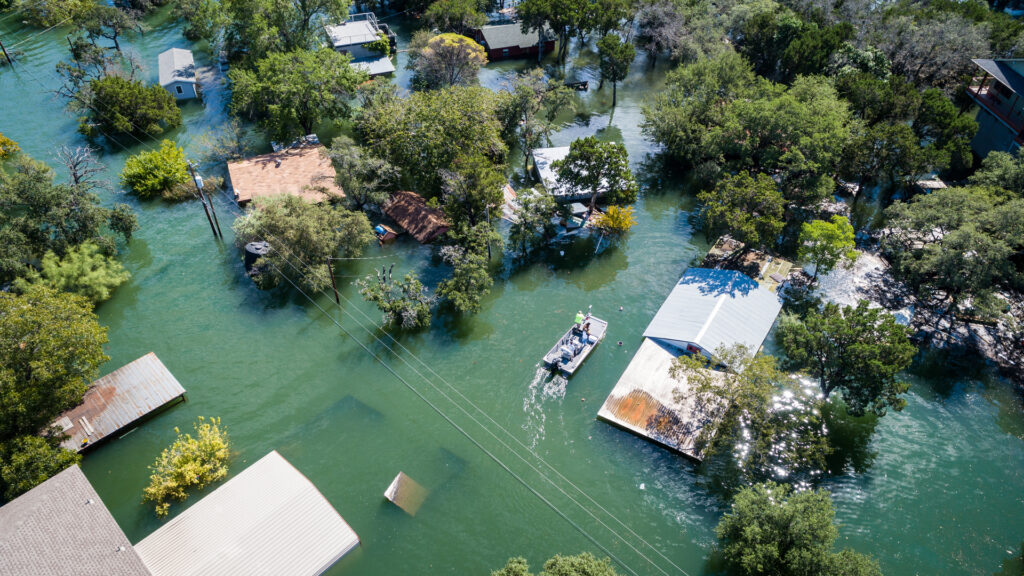
In recent years, the frequency and intensity of natural disasters in India have underscored the urgent need for comprehensive disaster resilience strategies. From floods and cyclones to droughts, these events not only threaten lives but also disrupt livelihoods and undermine community stability. One of the critical components of building resilient communities is effective water storage. This blog post explores the significance of water storage systems in enhancing disaster resilience among Indian communities and outlines potential strategies for implementation.
Understanding the Importance of Water Storage
Water is an essential resource, particularly during times of crisis when access to safe and clean drinking water can be limited. Adequate water storage facilities can help communities buffer the impact of disasters by ensuring that they have access to water during emergencies. Moreover, they can be pivotal in agricultural resilience, helping farmers sustain their crops in the face of erratic rainfall patterns or prolonged dry spells.
In a country like India, where agriculture employs nearly half of the population, a reliable water supply is crucial not only for the sustenance of crops but also for the livelihoods of millions. Water storage thus plays a dual role, serving as both a critical resource during disasters and a means of supporting everyday agricultural practices.
Types of Water Storage Solutions
There are a variety of water storage solutions that can be implemented at community and household levels. These include:
1. Rainwater Harvesting Systems: Collecting and storing rainwater is a sustainable method for augmenting local water supplies. By harnessing seasonal rainfall, communities can create reservoirs that serve as backups during dry periods and after disasters.
2. Check Dams and Percolation Tanks: These structures help in recharging groundwater supplies, reduce soil erosion, and prevent flooding by controlling runoff. They can be particularly effective in rural areas where traditional water sources may be limited.
3. Aquifers and Groundwater Recharge: Enhancing the capacity of aquifers through recharge wells and infiltration basins can ensure a more stable water source, especially during extended dry seasons or when surface water is scarce.
4. Community Water Tanks: Installing communal tanks in villages or urban neighborhoods can facilitate equitable access to water, especially in times of crisis, while also reducing the burden on women and Children who frequently travel long distances to collect water.
Challenges and Considerations
While the implementation of water storage measures presents numerous benefits, several challenges must be addressed. One primary concern is the need for financial resources to construct and maintain these storage systems. Government grants, non-governmental organization (NGO) partnerships, and community-led funding initiatives can help mitigate this barrier.
Education and training are also vital. Community members must understand the importance of water storage and learn how to maintain and manage these systems effectively. Local leadership should be involved in the planning and execution stages to ensure that the solutions are culturally relevant and tailored to community needs.
Additionally, integrating indigenous knowledge and practices can enhance the effectiveness of water storage systems. Many Indian communities have rich traditions of water management that can be revived and adapted to modern contexts.
Conclusion
As India continues to grapple with the consequences of climate change and increased natural disasters, the need for effective disaster resilience measures becomes increasingly urgent. Water storage systems present a practical, sustainable solution that can enhance community resilience, ensuring access to this vital resource during times of need. By prioritizing investment in water storage infrastructure and fostering collaboration among communities, government bodies, and NGOs, Indian communities can take significant strides toward building a more resilient future. Emphasizing water storage is not merely an emergency response strategy; it is a pathway to sustainable development and long-term preparedness.


